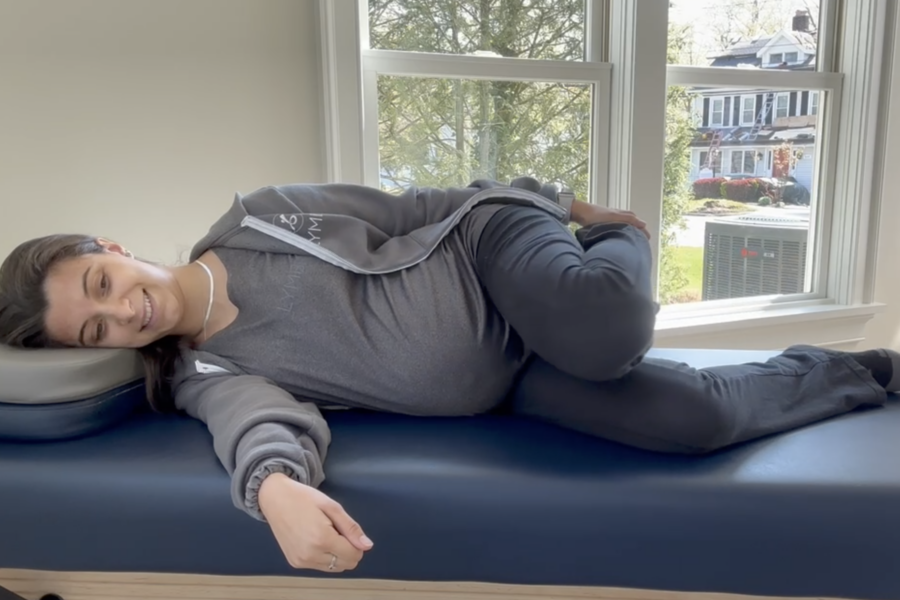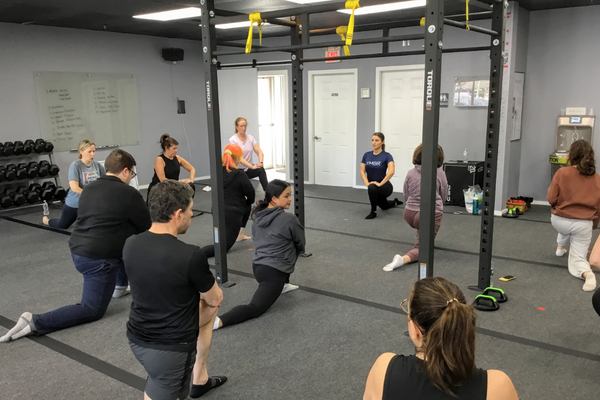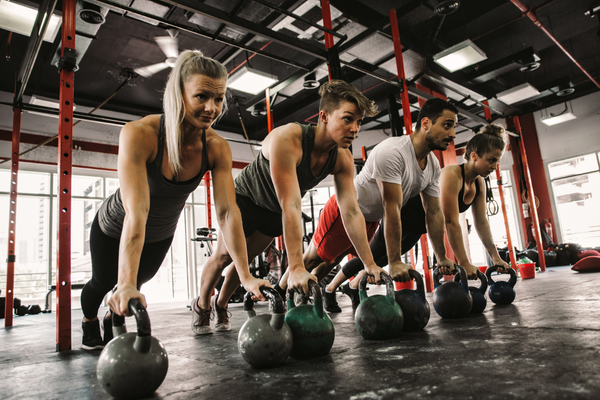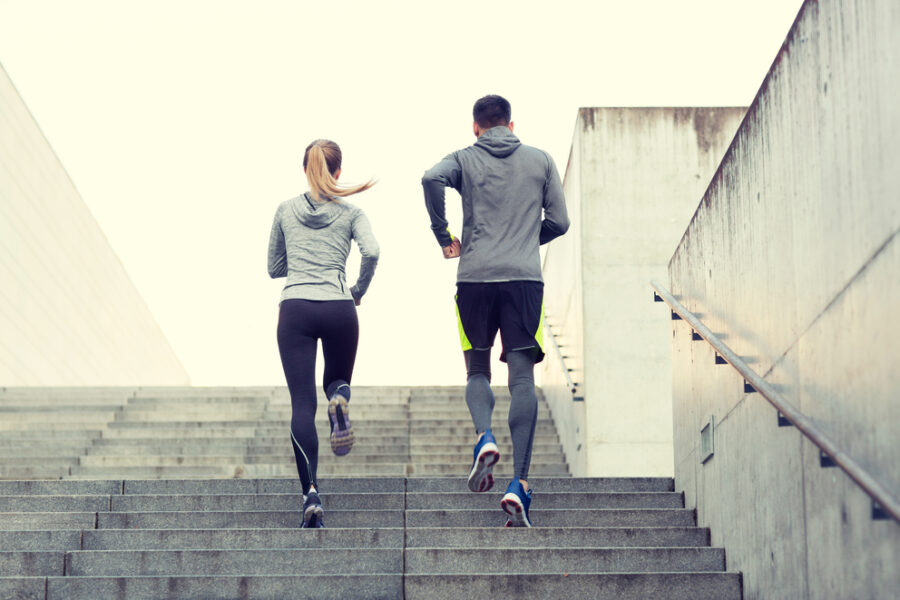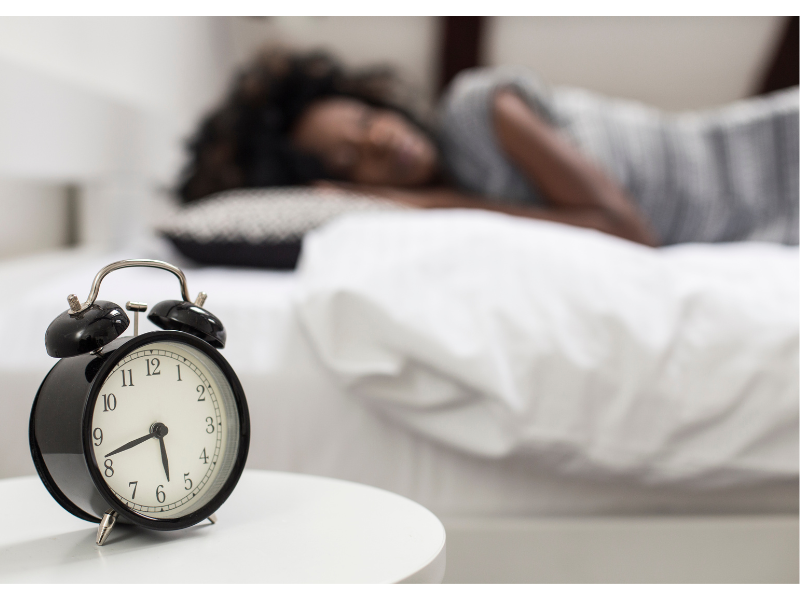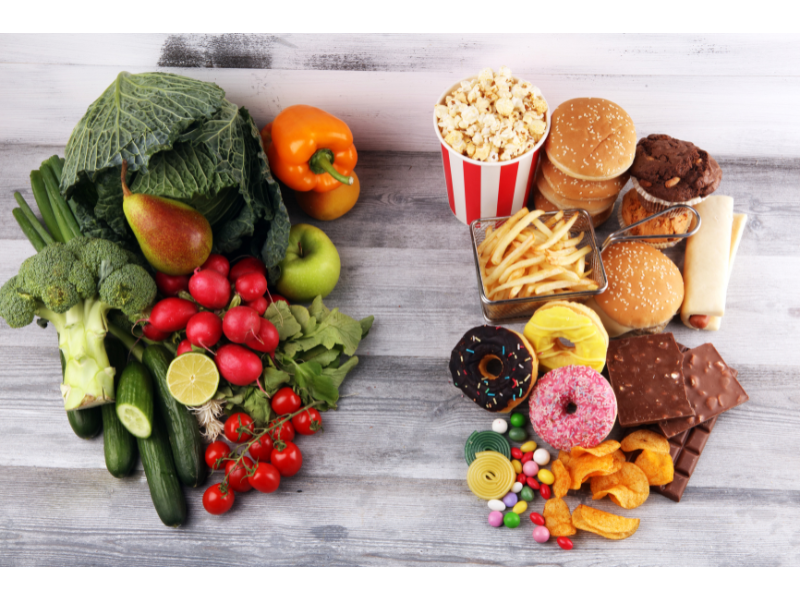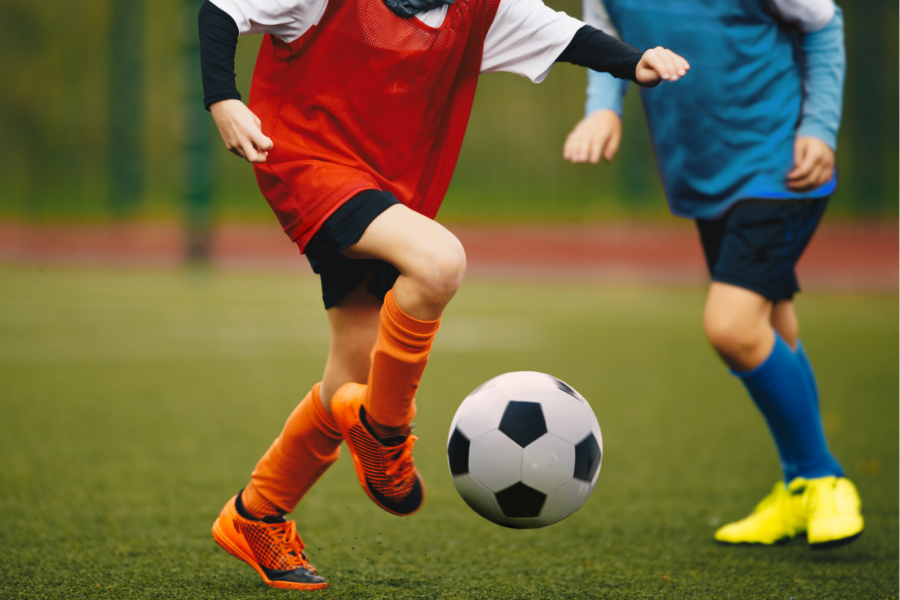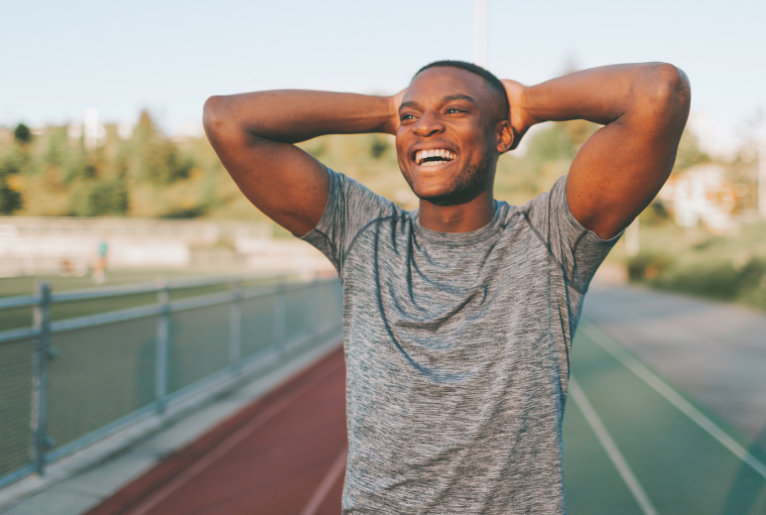If you don’t live under a rock, you’ve probably been hearing the word “longevity” work…
LYMBRDecember 4, 2022
We’re getting into the holiday season which, for most of us, means some added stress,…
LYMBRNovember 21, 2022
Dieting, for most, is often the most challenging part of any health journey. Food is…
LYMBRNovember 6, 2022
Several years ago, I wrote about the dangers of early sport specialization. The article outlined…
LYMBRSeptember 26, 2022
Written by a guy, informed by amazing LYMBR moms. Whether you are new to motherhood…
LYMBRMay 5, 2022

